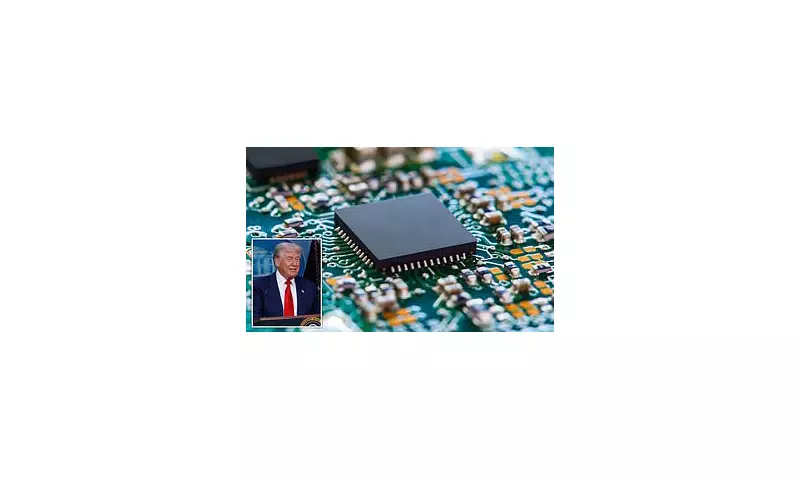
The Trump administration has taken covert action in the escalating US-China tech war by secretly embedding artificial intelligence-powered tracking devices in shipments bound for China. The move aims to identify and halt the illegal smuggling of sensitive technology, according to exclusive reports.
AI-Powered Surveillance in the Tech War
As tensions between Washington and Beijing intensify over technology dominance, US officials have deployed advanced AI tracking systems to monitor shipments suspected of containing restricted tech. These hidden trackers provide real-time data, enabling authorities to pinpoint smuggling routes and disrupt illicit operations.
How the Tracking System Works
- AI algorithms analyse shipment patterns and flag suspicious activity
- Hidden sensors transmit location data to US authorities
- System identifies potential front companies used for smuggling
- Authorities can intercept shipments before reaching final destinations
The Growing Tech Cold War
This covert operation marks another escalation in the technological standoff between the world's two largest economies. The US has increasingly restricted exports of advanced semiconductors, quantum computing technology, and artificial intelligence systems to China, citing national security concerns.
"This represents a new frontier in trade enforcement," said a former intelligence official familiar with the program. "By using AI to track the technology itself, rather than just monitoring paperwork, authorities gain unprecedented visibility into smuggling networks."
Impact on Global Tech Supply Chains
The tracking initiative has already caused ripples through global supply chains, with some companies reportedly delaying shipments to avoid scrutiny. Experts warn this could lead to:
- Increased costs for legitimate technology transfers
- Longer lead times for cross-border shipments
- Potential disruptions to manufacturing schedules
- Greater due diligence requirements for all tech exports
The program's existence, while not officially confirmed, demonstrates the extraordinary measures being taken as the US seeks to maintain its technological edge in what many analysts describe as a new Cold War.





